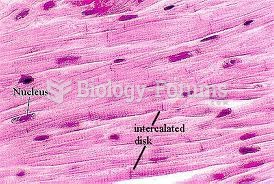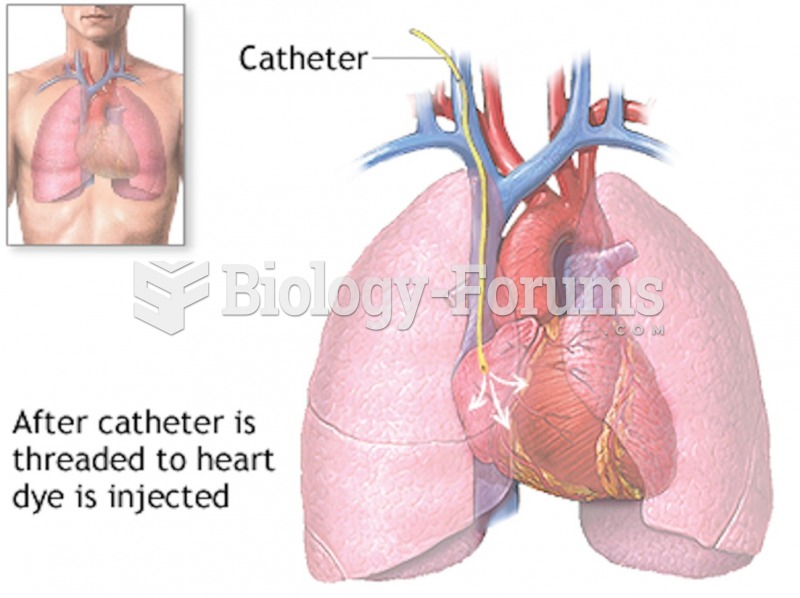|
|
|
Recent studies have shown that the number of medication errors increases in relation to the number of orders that are verified per pharmacist, per work shift.
The most common treatment options for addiction include psychotherapy, support groups, and individual counseling.
Approximately 25% of all reported medication errors result from some kind of name confusion.
For about 100 years, scientists thought that peptic ulcers were caused by stress, spicy food, and alcohol. Later, researchers added stomach acid to the list of causes and began treating ulcers with antacids. Now it is known that peptic ulcers are predominantly caused by Helicobacter pylori, a spiral-shaped bacterium that normally exist in the stomach.
There are over 65,000 known species of protozoa. About 10,000 species are parasitic.






